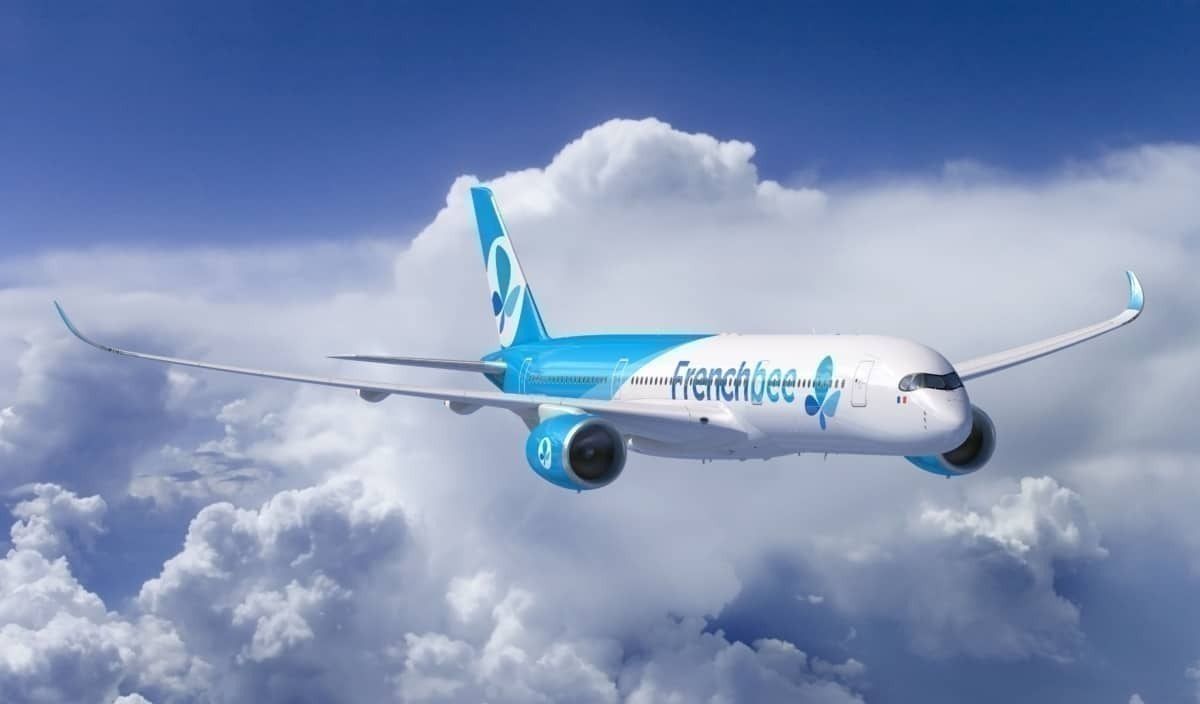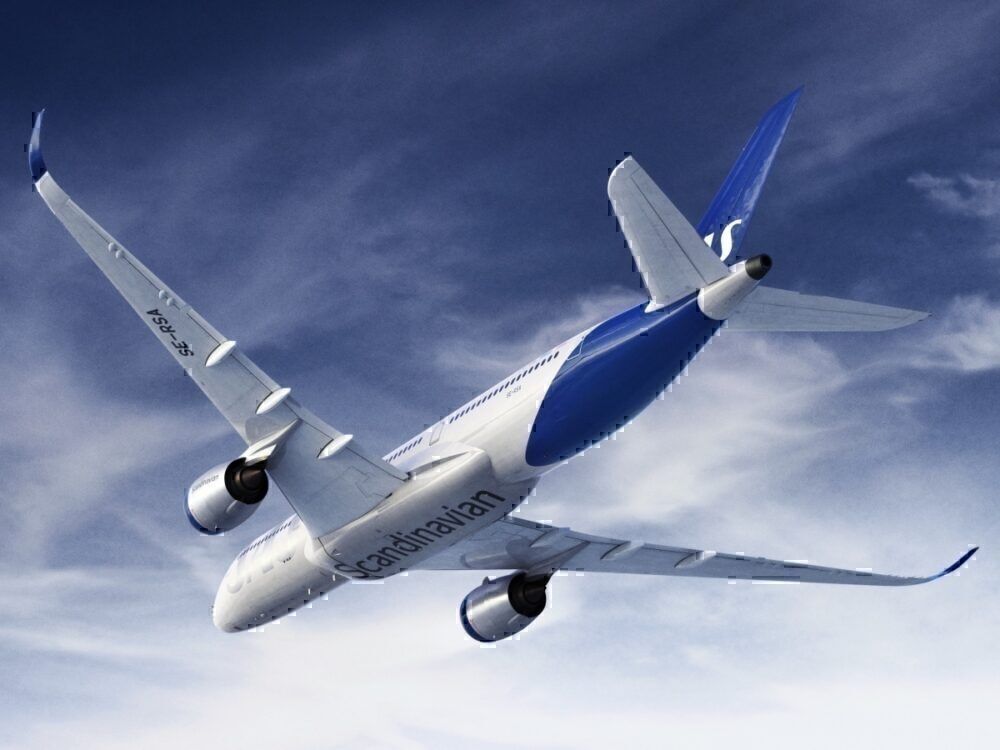Airbus originally unveiled its fello'fly initiative at the Dubai Airshow last year. Now, the idea of taking a cue from birds and applying it to aviation has moved a step closer to reality, as Airbus has revealed airline partners to begin testing the concept. French bee and SAS Scandinavian Airlines, along with three ANSPs, will work together to demonstrate the feasibility of the concept.
Partners lining up for fello'fly
Airbus has announced today that it has signed agreements with two airlines and three Air Navigation Service Providers (ANSPs) to test out its concept of Wake Energy Retrieval – a project that goes by the name fello'fly.
The airlines onboard are SAS Scandinavian Airlines and low-cost long-haul French bee. The airlines' role in the demonstrator project will be providing expertise in flight planning and operations, as well as flying the aircraft to evaluate the fuel savings in reality.
Three ANSPs will support them: France's DSNA (Direction des Services de la Navigation Aérienne), the UK's NATS, and EUROCONTROL. These ANSPs will work together to define how aircraft can safely be brought closer together and how to do this without a significant impact on regular procedures.
Airbus itself will continue to work on the technical side of things, figuring out how aircraft can be close in proximity while still being safe. It is hoped that successful outcomes of the trials will contribute to aviation's targets on emissions reduction, with a view to bringing fello'fly into service in the mid-2020s.
Testing is taking place throughout 2020 using two Airbus A350s. The work of the airlines and ANSPs will begin in 2021 in oceanic airspace.
Stay informed: Sign up for our daily aviation news digest.
How would a fello'fly flight work?
In aviation, bringing big planes close together is usually something to be avoided. Indeed, panicked reports often surface when a 'loss of separation' incident occurs. But for Airbus, the idea of having aircraft fly closer together could be the key to reducing harmful emissions.
Aviation has long been inspired by birds. From the aerodynamic shape of the fuselage to the curved, flexible wings of the Dreamliner, learning from nature's greatest fliers has, and still does, help us create better airplanes. This biomimicry has played out since the earliest aviators, and fello'fly takes it another step further by looking not just at the physics of birds, but the behavior too.
More than 10 years ago, inspired by the V-shaped patterns flown by flocks of migratory birds, researchers at Stanford University modeled the effect this type of flying pattern could have on fuel efficiency. Flight plans where commercial aircraft ride the wake of aircraft in front of them, the researchers said, could yield fuel savings of around 12%.
Now, Airbus wants to put this into practice and find a way to realize these fuel savings while still keeping aircraft safe. In oceanic airspace, regulations state that aircraft need to be 30 to 50 nautical miles apart. During fello'fly, this would need to be reduced to 1.5 nautical miles.
Airbus says this will be achieved by ATC instructing the two aircraft to navigate to the same clearance point, but at flight levels separated by 1,000 feet. From here, pilots will move the aircraft safely into the rendezvous position, with the follower 1.5 nautical miles behind the leader. Using flight assistance functions, the following aircraft will move into the updraft to save fuel through wake energy retrieval.
It's an ambitious project, and one which is going to take a bit of thought to realize. Seriously stringent protocols are going to need to be in place to convince regulators, airlines and indeed the flying public that this can be done safely. But with several years of testing planned before any entry into widespread service is anticipated, there's plenty of time to get it right.


